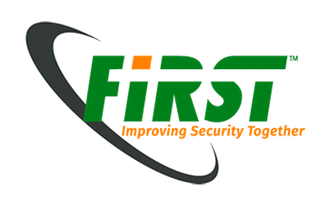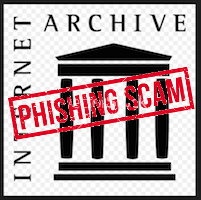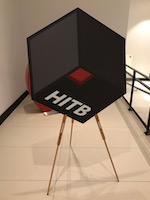I published the following diary on isc.sans.org: “When Bad Guys are Pwning Bad Guys…“. A few months ago, I wrote a diary about webshells[1] and the numerous interesting features they offer. They’re plenty of web shells available, there are easy to find and install. They are usually delivered as one





